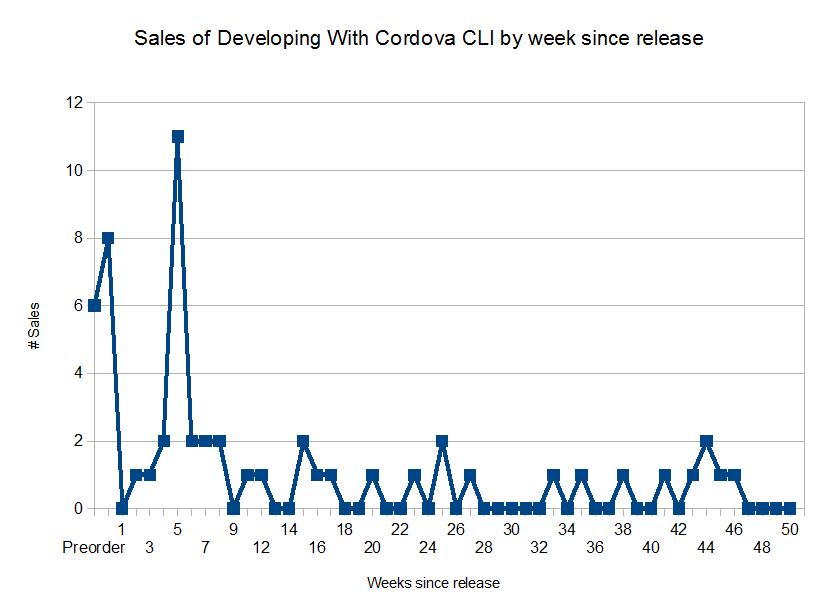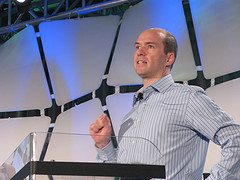I recently finished The Economists’ Hour, a book about the rise of economics professionals in public policy. It focuses primarily on the USA during the 1960s-2010s, but it does cover some other countries (Taiwan and Chile primarily). It covers a variety of topics including monetary policy, deregulation, shock doctrine, and inflation. The book also focuses on personalities, from the more prominent like Milton Friedman to the more obscure (at least to me) like Alfred Kahn, and uses them to humanize the economic topics by framing the economics through the human beings who argued for and against them.
This book was a bit heavy going at times, but given the breadth of topics and time it covered, I found it pretty compelling. I lived through part of these times, but there were many things I learned, including the impetus behind US airline deregulation (the power of the airline industry relative to trucking and the success of intrastate carriers in CA and TX) and how Taiwan became an electronics powerhouse (a meeting over coffee and strong industrial policy). If you’re interested in the intersection of economics and government policy, this book is highly recommended. (Here’s a great podcast with the author as a bonus.)








